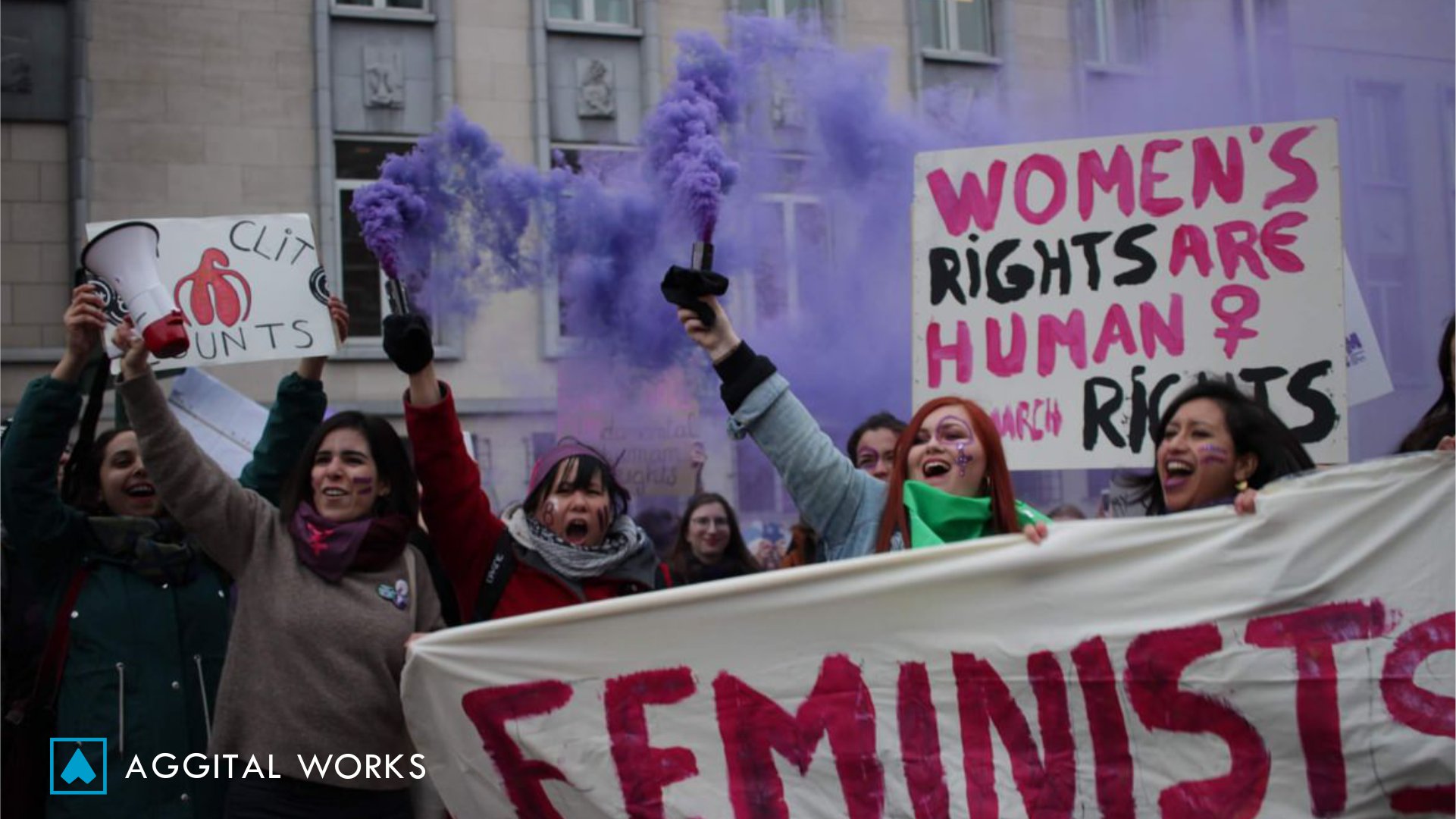Feminism… Thoughts! 10

Hello, guys! How’s it going? Let’s continue where we left off on feminism. If you haven’t read the prequels, please do. Let’s delve right into it.
So we left off talking about the final acts of the third wave.
Continuance of Feminism
A number of intellectuals and historians consider the feminist movement to have undergone three waves (also known as surges). These waves of feminism are historical benchmarks that include large-scale activism of women. As a consequence of the convolution concerning the movement, it is non-viable to precisely zero in on clearly defined dates that began or ended each wave. These dates become progressively more difficult in an attempt to discuss the third and fourth waves. Although the third wave never truly had an official end. Activists recognize that the 21st century heralded a new type of activism.
The Fourth Wave
After the era of te third wave elapsed, women continued to advocate for their rights. One of the sustained concerns across all of the waves was their access to reproductive healthcare. Many women in the movement believed that they should have reproductive freedom and the option to have an abortion if they chose to have one. However, various controversial legislation often prevented them from achieving full autonomy when it comes to their reproductive health. The National Organization for Women (NOW) organized several marches to fight against restrictive legislation and advocate for women’s reproductive rights, including three separate “March for Women’s Lives” in 1989, 1992, and 2004.
In addition to these marches, women continued to make great strides in the political realm. A number of women made history by assuming political leadership in various states and national offices. In 1997, Madeleine Albright became the first woman to serve as the United States Secretary of State. She served until 2001 under President Bill Clinton. A decade after Albright’s appointment, another milestone was reached. Nancy Pelosi became the first and only woman to serve as Speaker of the United States House of Representatives. Since her election to the position in 2007, Pelosi has been the highest-ranking woman, and second after the vice president in the presidential line of succession.

As women progressed in the sphere of politics, social networking and media platforms also started growing significantly. One of the earliest prominent social networks was a site called SixDegrees.com that launched in 1997. However, their success was short lived, and the company closed in 2001.
Following the closure of SixDegrees, social networking applications experienced the golden age of invention. The next successful network was a social and gaming platform called Friendster that launched in 2002. A year later, LinkedIn launched and expanded the opportunity to connect and communicate with people outside of your immediate area. New social media applications continued to emerge during this “golden age” including Myspace in 2003, Facebook in 2004, and Twitter in 2006.
During this era, activists had more means at their disposal to promote their grounds. Several advocacy groups developed campaigns using hashtags to raise awareness and gain community support. These short phrases quickly became trendy on social media websites and strategically circulated the word about various issues. Prevalent hashtags like, #BringBackOurGirls, #BlackLivesMatter, and #YesAllWomen brought attention to pressing matters of social justice and reform. Even hashtags such as the #icebucketchallenge gained the attention of millions to raise awareness and money for research regarding ALS (amyotrophic lateral sclerosis). Another popular hashtag that emerged was #MeToo, a women’s advocacy campaign founded by Tarana Burke in 2007.
Anyway, we’ll stop here today. If you are looking to get an excellent web design company, do click on here!
For more reads, click on here.




